Maxwell’s cinematic knock and the charm of ODIs
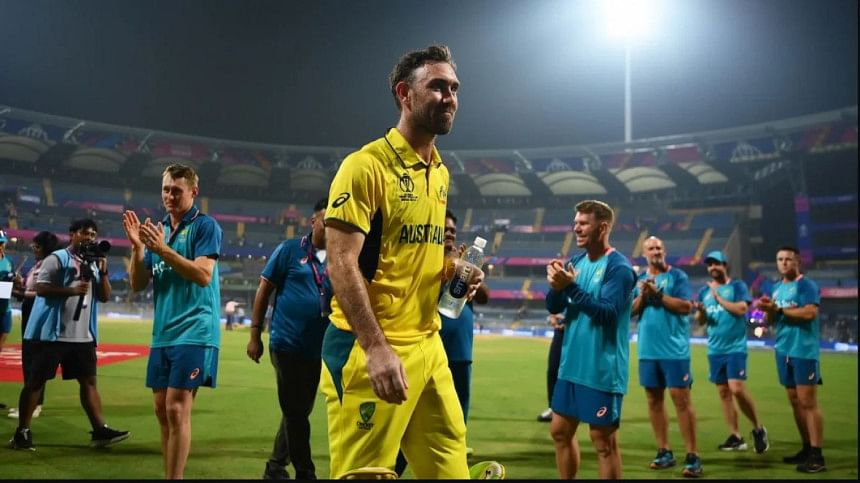
If the group-stage matches of the ICC World Cup 2023 were all separate feature-length movies, what would their genres be?
Cricket, like any other sport, is just another form of entertainment. Although some cricket purists will shudder at the thought of the gentlemen's game getting compared with just any other pastime, that doesn't change the reality.
In that sense, comparing cricket with movies, the most accessible form of modern entertainment, is not that far-fetched.
Now, continuing with this comparison, the majority of the matches in the group stage, which came to a close on Sunday, were sort of like European art-house movies, they kept dragging on and on with very little payoff.
There were a few interesting matches in between, like the South Africa-Pakistan match in Chennai which the former won by one wicket, much like an enjoyable thriller or a murder mystery or a classic whodunit, as the fans did not know who would come out on top till the very end.
Afghanistan's wins over England, Pakistan and Sri Lanka were like the perfect underdog stories, where a group of spirited individuals came together to overcome their much stronger adversaries.
However, one of the underdog triumphs of the World Cup, the Netherlands' win over Bangladesh, felt more like a Shakespearean tragedy to the average Bangladesh fan.
Out of all 45 matches in the group stage, only one really stood out as the quintessential Hollywood action blockbuster, where one wounded man took on a literal army against insurmountable odds and in some miraculous way, came out on top.
On November 7, at the Wankhede Stadium in Mumbai, Australia's Glenn Maxwell put on a show that surpassed the confines of a cricketing innings and entered the realms of cinema.
Maxwell looked like a man possessed as if the spirits of the machine-gun-wielding macho men of the silver screens from the '80s and '90s Hollywood movies had taken over him. Instead of guns and ammunition, he had a willow in his hand and that's all he required to set ablaze whatever the Afghan bowlers could dish out.
Chasing 292, Australia were down and out for the count in the 19th over after losing their seventh wicket for 91 runs.
Maxwell was batting on 22 off 26 balls and was joined by his skipper Pat Cummins.
The match looked well and truly out of Australia's reach and their best bet was to reduce the margin of defeat as much as possible to lessen the incoming dent in their net run rate.
But after surviving a wrong LBW decision and getting dropped in the same over, Maxwell perhaps realised the universe was setting up the stage for him to work his magic, and he obliged.
Maxwell kept chopping the target down bit by bit with each swing of his bat, fighting severe cramps and body spasms which almost forced him to throw in the towel.
In the last stretch of his innings, Maxwell stood mostly still at the crease, with little to no foot movement and still smashed balls for sixes and fours almost at will.
With just 21 runs needed to win, Maxwell hit Mujeeb Ur Rahman, the man who gave him a second life, for 6, 6, 4 and 6 to complete his double century and win the match for the Aussies as a mostly Indian crowd erupted in a massive cheer.
On the face of it, Maxwell's carnage in Mumbai seems like another example of how Twenty20, the other white-ball format which many believe will become the only shorter format in cricket in the near future, has revolutionised the game.
However, a deeper inspection shows that even though T20 as a format is undoubtedly more dynamic, it cannot provide the canvas for an innings like Maxwell's, because there simply is not enough time.
Maxwell's 201 off 128 balls broke a host of records and is being hailed as the greatest ODI innings of all time.
But one could argue that it wasn't Maxwell's storm that won Australia the match, it was the 202-run stand between him and Cummins that won them the game.
While Maxwell was going berserk at the other end, it was Cummins' resilient 12 off 68 balls that made sure Australia stayed alive in the contest.
Considering the circumstances in which the partnership was formed, Maxwell and Cummins' stand in Mumbai was truly special, however, it wasn't a unique occurrence in ODIs.
Yes, their partnership was unlike anything seen in recent memory. But wickets falling in clusters early on, then two players forming a partnership, continuously chipping away at the target and slowly but surely pulling off an unlikely victory is a script many ODIs have followed over the years.
The perseverance required to pull off this gradual transition of momentum is an intriguing aspect of the 50-over game, one that would get lost from white-ball cricket if this format ceases to exist.
Many hoped that the World Cup in India would breathe life into the ODI format after a stagnant few years. But the long list of drab affairs in the tournament only strengthened the arguments against it.
But Maxwell's innings and Australia's incredible come-from-behind victory was a reminder that the ODI format can deliver a thrill that is just not feasible in T20s.
So, before calling 'time out' on ODIs, maybe the cricket world needs to re-watch Maxwell's belligerence and Cummins' resilience against Afghanistan to remind themselves of the unique charm of ODIs.

 For all latest news, follow The Daily Star's Google News channel.
For all latest news, follow The Daily Star's Google News channel. 


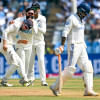

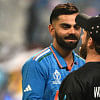

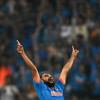

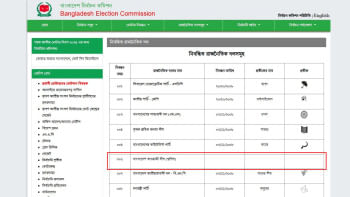
Comments